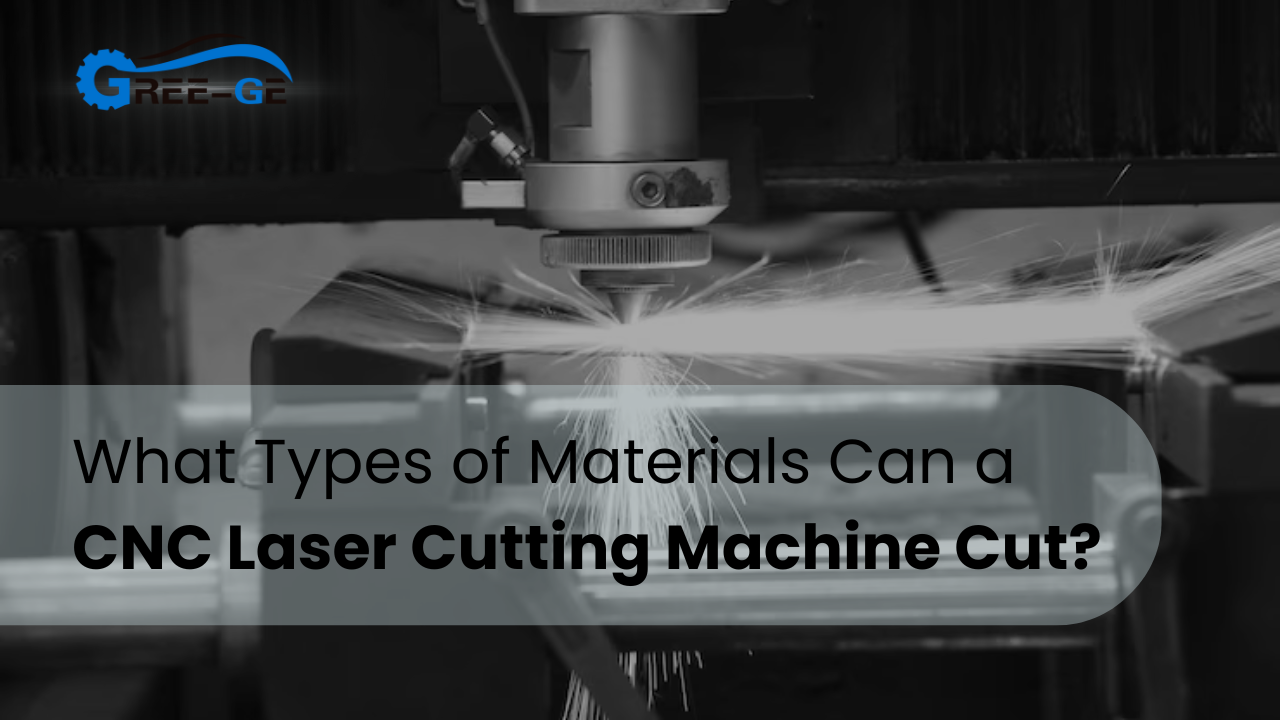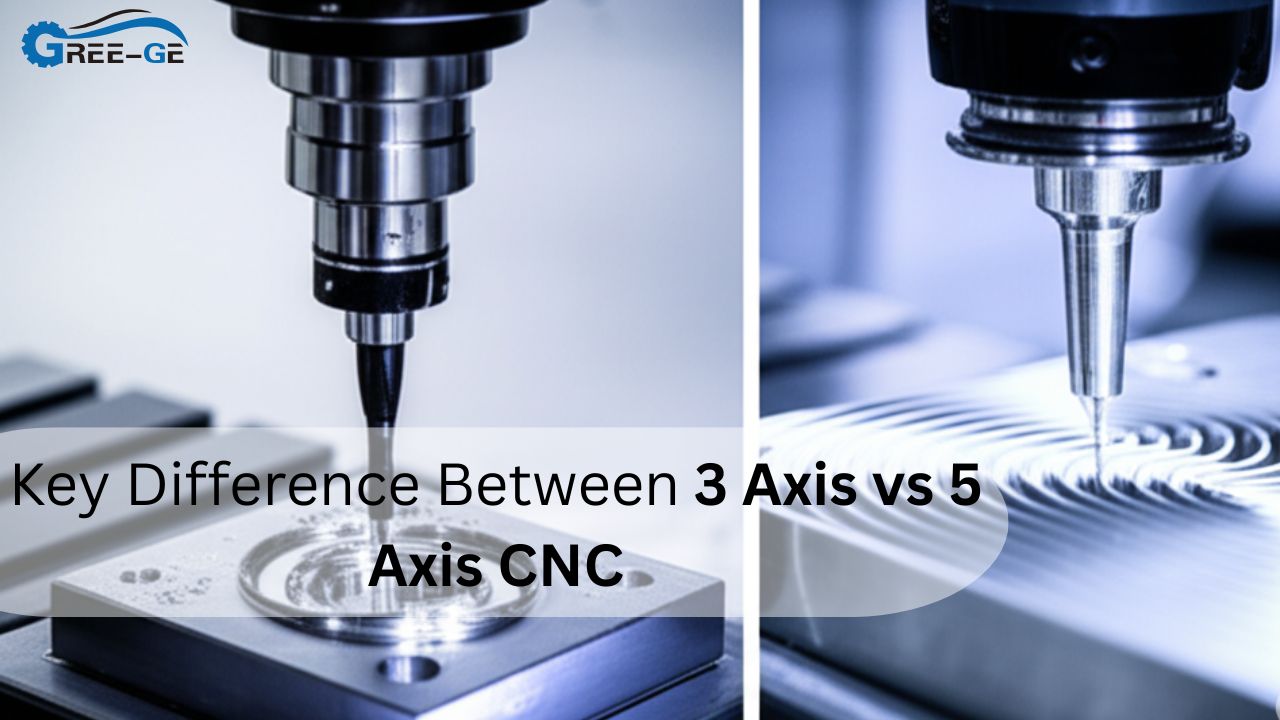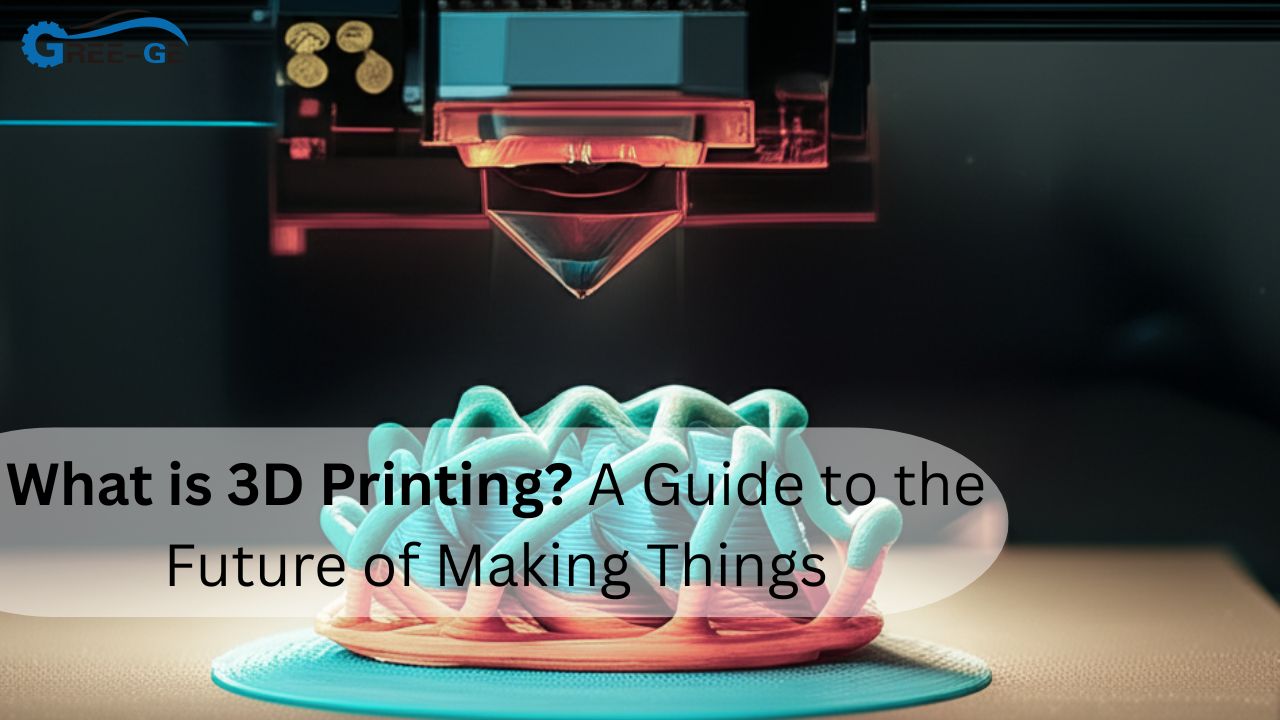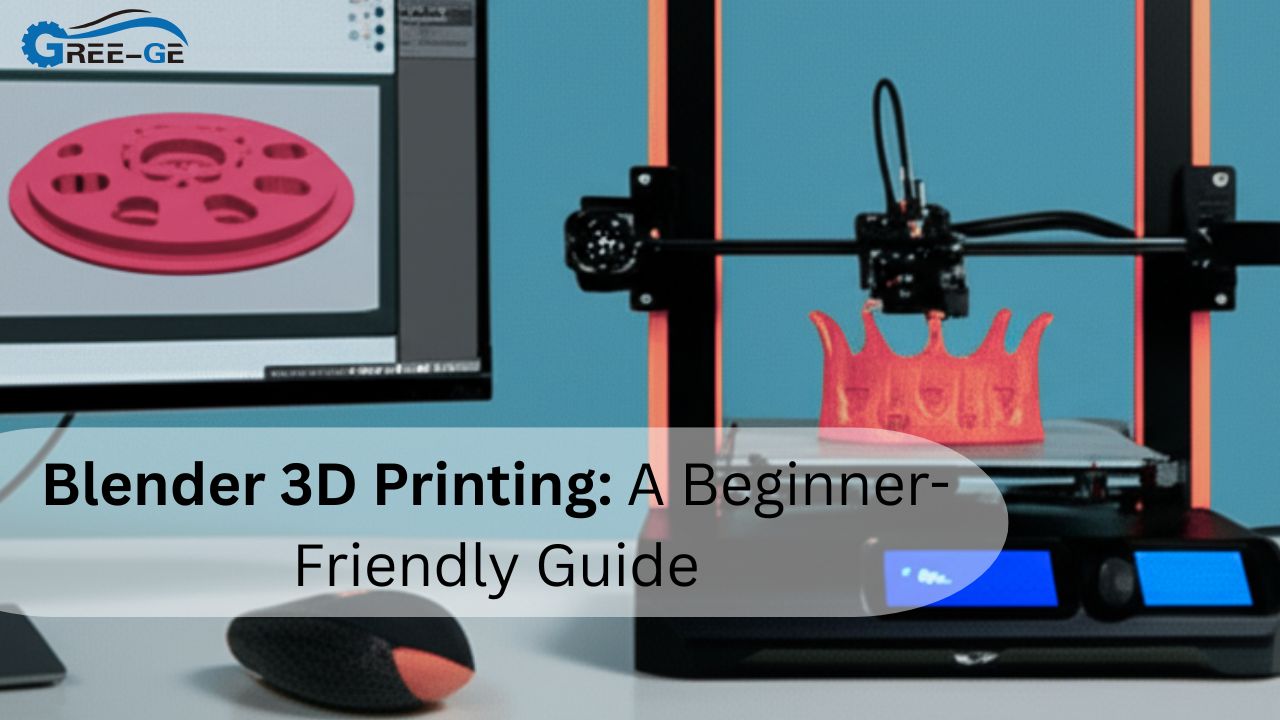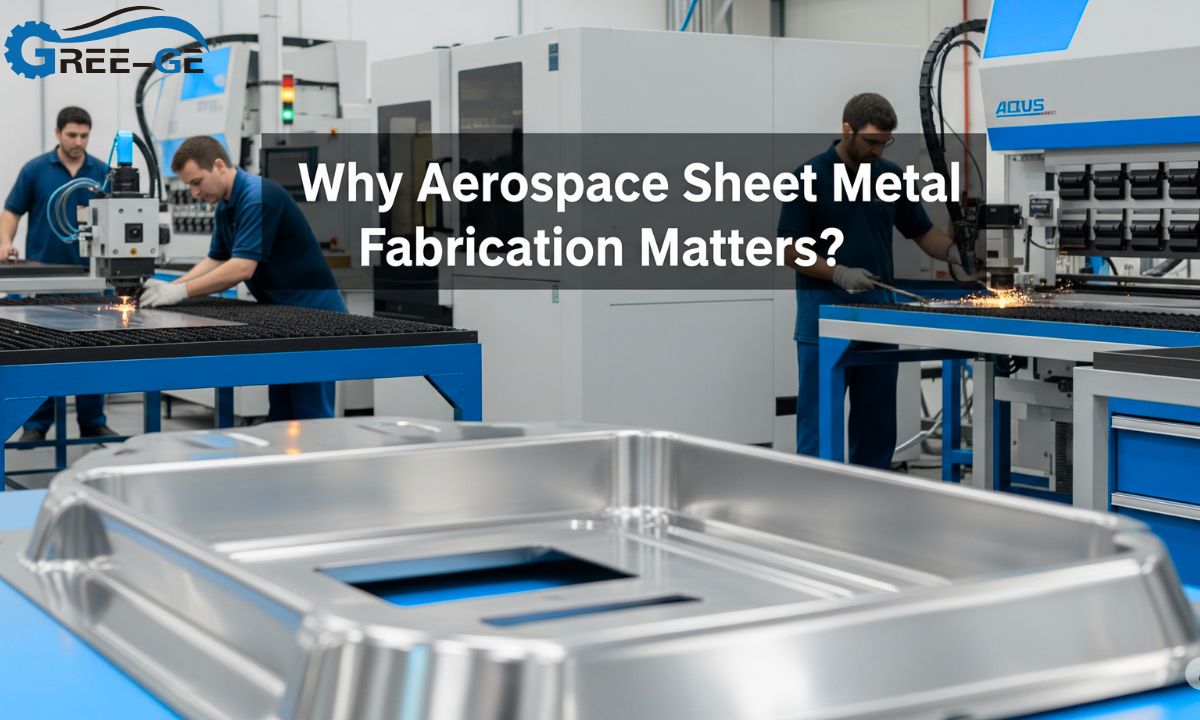You’ve probably heard that a CNC laser cutting machine can slice through all sorts of stuff, but which materials really make the cut, and which fizzle out like wet fireworks? Maybe you’ve got a school project, a start-up idea, or a hobby that’s begging for crisp, smoke-free edges. Whatever the reason, you’re here because you want straight answers in plain language.
A standard desktop or industrial CNC laser cutting machine can reliably cut acrylic, wood, paper, fabric, leather, and thin metals (think up to 3 mm steel or 6 mm aluminum), provided the laser power matches the job.
In the rest of this article, we’ll zoom in on each material, look at why it behaves the way it does under a laser beam, sprinkle in safety tips, and help you decide which setup fits your workshop dreams.
CNC Laser Cutting Machine: Material Choice Matters
A CNC laser cutting machine is only as useful as the materials it can handle. Choose wisely and you’ll get smooth edges, tight tolerances, and happy customers. Pick the wrong stock and—poof—there goes time, money, and maybe your eyebrows. Below, we’ll break down key factors such as density, reflectivity, and vaporization temperature.
Heat Sensitivity & Edge Quality
Soft materials like paper scorch easily, but with good airflow and the right feed rate, their edges turn out crisp.
Reflectivity & Laser Power
Metals bounce light back at the lens. Higher wattage (or a fiber laser) plus proper focus helps tame that mirror effect.
Thickness & Kerf Width
The thicker the sheet, the more laser energy you’ll need to punch through without broadening the kerf—vital when making CNC machining components for tight assemblies.
Acrylic: The Maker’s Best Friend
Popular for signs, light guides, and trophies, acrylic vaporizes cleanly, leaving glass-clear edges. Fans of acrylic CNC machining love that you rarely need post-processing—just wipe and go. A 40 W CO₂ laser handles 3 mm sheets; 100 W can slice 10 mm with ease.
Quick Tip: Use cast, not extruded acrylic, for polished-looking edges.
Wood: From Birch Ply to Bamboo Boards
Whether you craft ornaments or custom furniture, a CNC laser cutting machine gives wood pieces a smoky love letter around the edges. Different species char at different rates; maple chars faster than bamboo. If you’re planning CNC Machining Components that need precise joinery, run a few test squares first.
Suggestion: Mask the surface with painter’s tape to cut soot cleanup by half.
Paper & Cardboard: Light but Tricky
Invitations, puzzles, and packaging prototypes all shine here. Keep air assist low; too much blast can flip thin sheets. For ultra-fine lines—think model-train windows—dial in Micro-CNC machining settings: low power, high speed, tight focus.
Info: Cross-ventilation matters more with paper—tiny fibers love to float and trigger smoke alarms.
Fabric: Cotton, Felt, and Polyester
Crafters adore laser-cut quilt pieces because they never fray. Natural fibers leave a soft brown edge; synthetics may melt slightly, sealing threads. Fashion pros use 5 axis CNC machining heads (yep, lasers can mount on rotary arms) to cut patterns on contoured forms like hat blanks.
Leather: Tough but Lovely
Veg-tan leather engraves like a champ and cuts with a sweet campfire smell. Keep the power modest so the beam caramelizes edges instead of turning them brittle. For wallets or acrylic CNC machining templates, maintain a 0.2 mm kerf allowance so stitch holes line up afterward.
Fact: Chromium-tanned leather releases harmful fumes—stick with veg-tan or use robust extraction.
Felt & Foam: Craft-Room Staples
Low-density foam board (EVA or PE) and wool felt absorb heat fast. Use multiple passes at lower power rather than a single scorch fest. Model builders combine laser-cut foam with Micro-CNC machining aluminum brackets to keep builds feather-light.
Thin Mild Steel: Bring on the Watts
A 1,000 W fiber laser zips through 3 mm mild steel; add oxygen assist for faster cuts. Watch reflectivity—coat the sheet with black paint or use a higher-frequency pulse. Industrial shops pair 5 axis CNC machining with lasers so parts exit ready for bending without/ re-clamping.
Danger: Never use a CO₂ tube on polished stainless—instant back-reflection can smash the lens.
Aluminum Sheet: Light but Reflective
In signage or drone frames, aluminum’s low weight rocks. But its shiny face demands more juice. Clap boards to reduce vibration; any chatter widens the cut and misaligns CNC Machining. Anodized surfaces, however, absorb heat better and need roughly 10% less power.
Composite Boards: MDF, Plywood, and More
MDF vapors are nasty—run a top-notch filter. Plywood glue layers char unevenly, so two quick passes often outshine one slow burn. Small-shop builders mix acrylic CNC machining jigs with plywood prototypes for quick test-fits.
Specialty Materials: Rubber, Cork, and Stone Inlays
Yes, you can laser-kiss stamp rubber or inlay cork coasters. Even stone tiles can be surface-etched, though not cut. Here, Micro-CNC machining with diamond bits often finishes edges that the laser merely engraved.
Warnings: PVC and vinyl release chlorine gas—keep them far from your laser.
Power vs Thickness Quick-Reference
| Material | 40 W CO₂ | 150 W CO₂ | 1 kW Fiber |
| Acrylic | 3 mm | 15 mm | N/A |
| Birch Ply | 4 mm | 18 mm | N/A |
| Paper | 1 mm | 5 mm | N/A |
| Cotton | 2 mm | 8 mm | N/A |
| Leather | 3 mm | 10 mm | N/A |
| Mild Steel | N/A | N/A | 3 mm |
| Aluminum | N/A | N/A | 6 mm |
Conclusion
A CNC laser cutting machine opens doors to acrylic trophies, wooden puzzles, paper art, fabric patterns, leather wallets, and even thin-metal brackets—provided you match laser power to material quirks. Test small, ventilate well, and remember: the right combo of wattage, speed, and support gear turns raw stock into a masterpiece. Happy cutting, friend!
FAQs
Can my 40 W desktop laser cut stainless steel?
Not really—stainless reflects too much. You’d need a 1 kW fiber machine or higher.
Why do my plywood edges look so dark?
Glue layers in plywood differently. Two fast passes reduce burn marks.
Is acrylic safe to laser indoors?
Yes, with good fume extraction. Acrylic vapor smells sweet but can irritate the lungs.
How do I stop thin fabric from lifting?
Use a honeycomb bed and lower air-assist pressure to pin the fibers.
What’s the best file format for laser patterns?
Vector SVG or DXF keeps lines crisp and editable.
